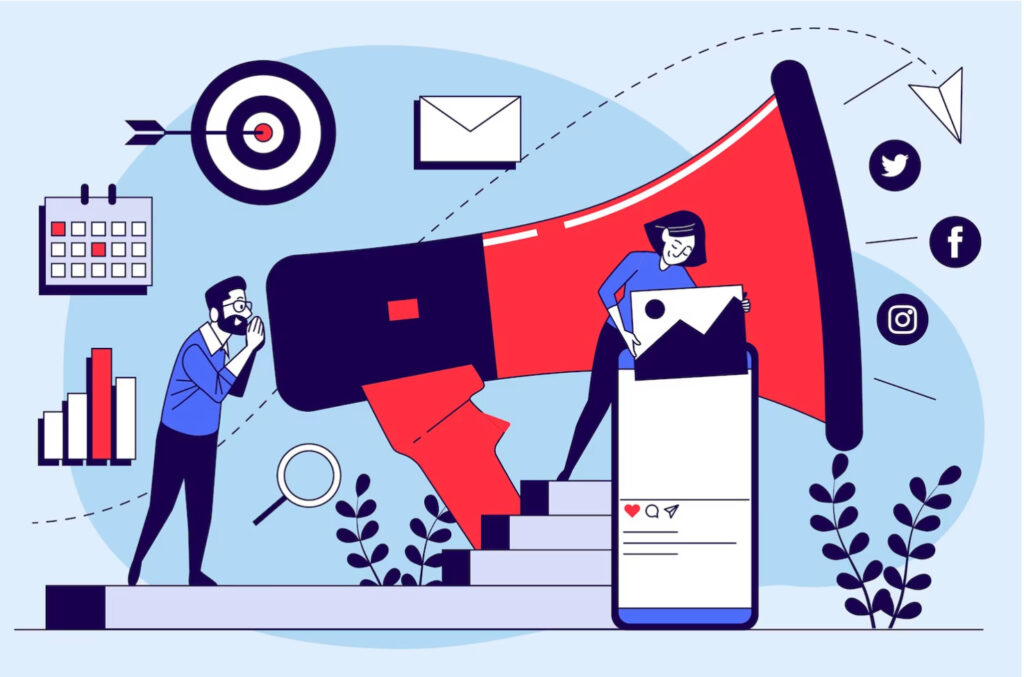B2B content marketing involves creating and distributing valuable and relevant content that attracts and retains a clearly defined audience. It is an essential part of any B2B marketing strategy, as it allows businesses to establish authority and build relationships with potential customers. In this article, we’ll explore best practices for B2B content marketing strategies, including understanding your target audience, creating effective content, and measuring success.
Understanding Your Target Audience
Developing accurate buyer personas is essential to effective B2B content marketing. A buyer persona is a fictional representation of your ideal customer, based on market research and data about your existing customers. It helps you identify your target audience’s pain points, challenges, and preferences, allowing you to create content that addresses their specific needs.
To develop buyer personas, start by conducting market research, analyzing customer data, and conducting surveys or interviews with existing customers. Use this information to create detailed profiles of your target audience, including their job titles, responsibilities, pain points, and purchasing habits.
Creating B2B Content
Once you understand your target audience, you can start creating content that resonates with them. There are many types of B2B content, including blog posts, whitepapers, eBooks, case studies, webinars, and videos. To create effective content, follow these best practices:
- Develop a content calendar to plan your content in advance
- Incorporate SEO best practices to ensure your content is discoverable by search engines
- Use visuals to enhance engagement and convey complex information
Distribution Channels
Once you’ve created great content, you need to distribute it effectively. Social media is one of the most important distribution channels for B2B content marketing. Follow these best practices to maximize engagement on social media:
- Identify the social media platforms that your target audience uses most frequently
- Use attention-grabbing headlines and visuals
- Engage with your audience by responding to comments and questions
Email marketing is another effective distribution channel for B2B content. Use email campaigns to share new content, promote events, and offer special deals or promotions. Be sure to segment your email list based on buyer personas to ensure that your messaging is personalized and relevant.
Paid advertising can also be effective for B2B content marketing, especially for promoting gated content such as whitepapers or webinars. Use targeted advertising on social media platforms like LinkedIn or Twitter to reach your ideal audience.
Lead Generation and Sales Funnel
B2B content marketing is a powerful tool for lead generation, but it’s important to have a plan in place for nurturing and converting those leads into customers. Here are some best practices for lead generation and nurturing:
- Create lead magnets, such as eBooks or webinars, to attract potential customers
- Use lead scoring to prioritize leads based on their engagement and interest
- Nurturing leads with personalized messaging and targeted content at each stage of the sales funnel
Measuring Success
To ensure that your B2B content marketing strategies are effective, you need to measure their success regularly. Here are some key performance indicators (KPIs) to track:
- Website traffic and engagement
- Lead generation and conversion rates
- Social media engagement and reach
- ROI on content marketing campaigns
Analyze this data regularly to identify what’s working and what’s not, and adjust your strategies accordingly.
Conclusion
Effective B2B content marketing requires a deep understanding of your target audience, creating quality content, and distributing it effectively. By following these best practices, you can generate leads, nurture relationships, and increase your ROI. Remember to regularly measure your success, analyze your data, and adjust your strategies as needed to ensure your continued success.


